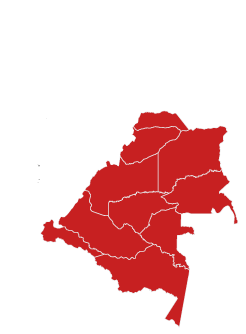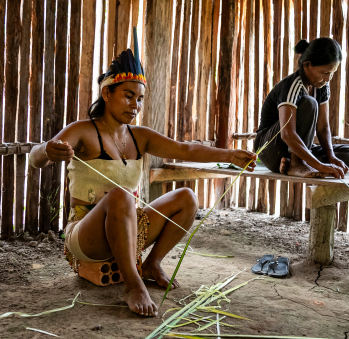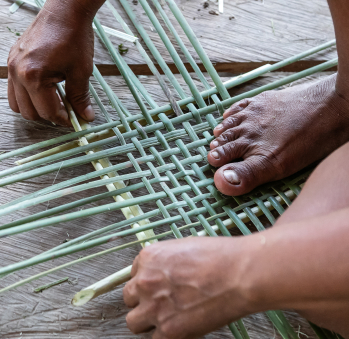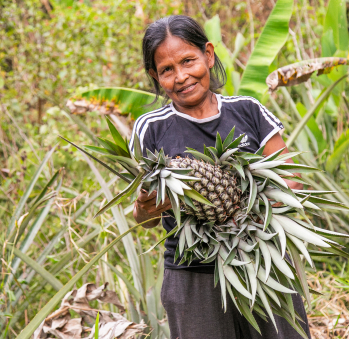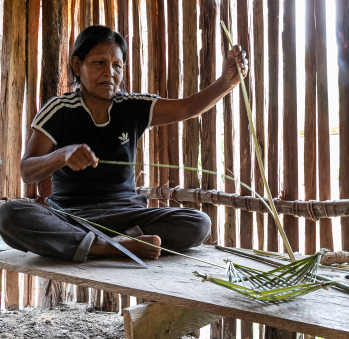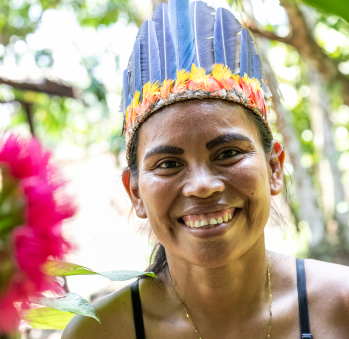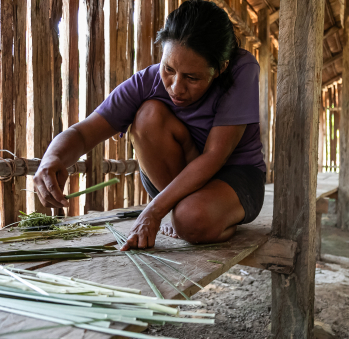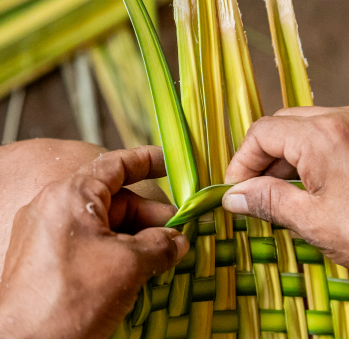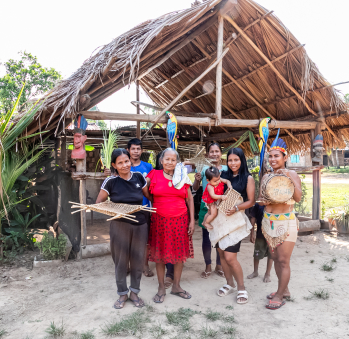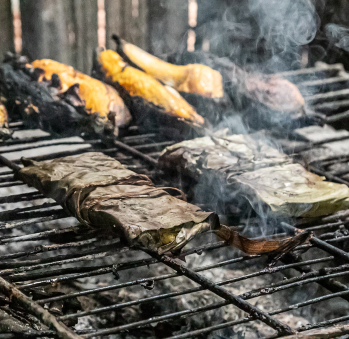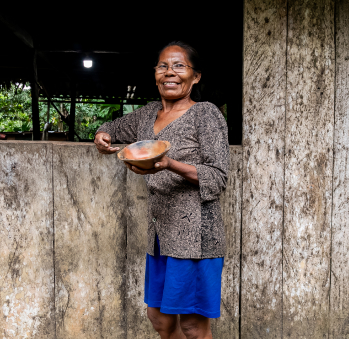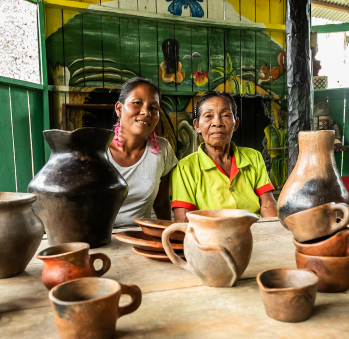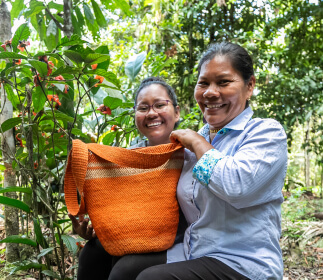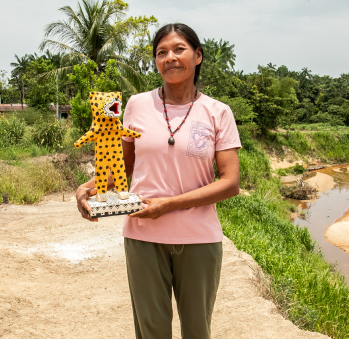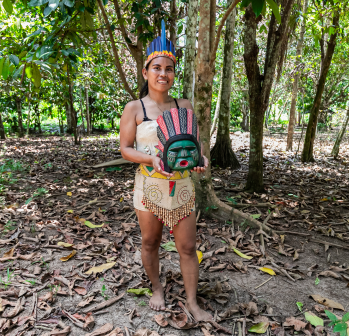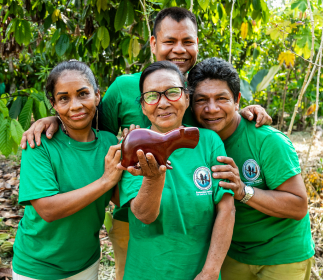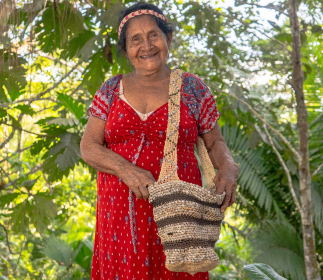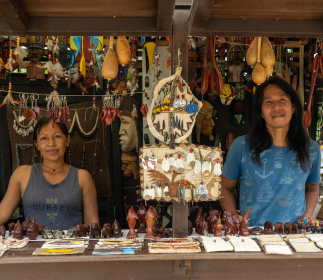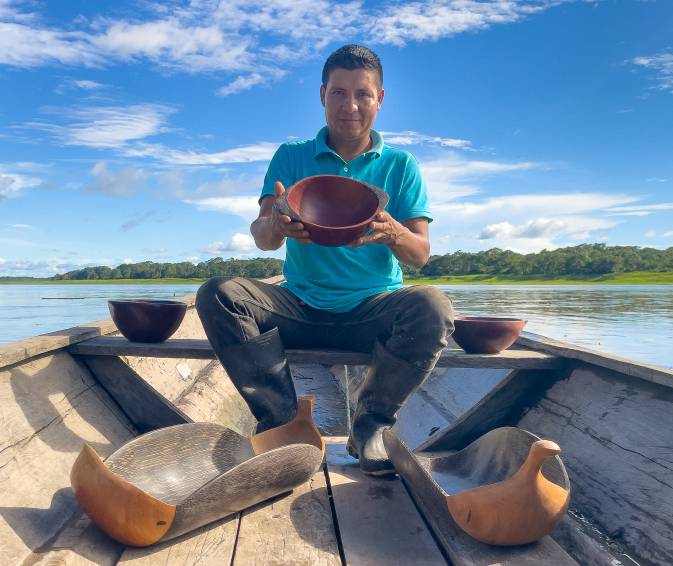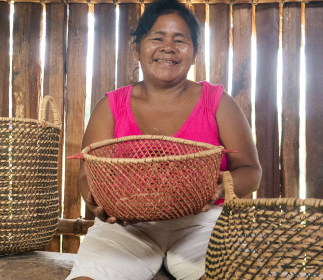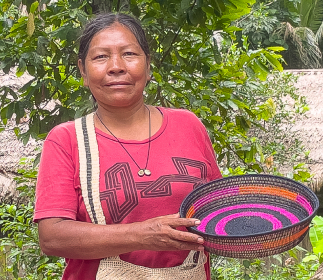Deisy Sánchez Patente
Taller: Taller Boataku Amazonas
Oficio: Tejeduría y trabajos en madera
Ruta: Ruta Amazonas
Ubicación: San Pedro de Los Lagos, Amazonas
Prefiere que se refieran a ella como magüta que como tikuna. Esto porque la traducción de tikuna significa “hombres pintados de negro”, y ella se pregunta entonces que dónde quedan las mujeres de su comunidad, que son tantas. En ese pequeño gesto que no lo es, vemos el talante de esta artesana que se sabe líder de su comunidad y que, de hecho, aprendió el español para tener la poderosa herramienta del lenguaje y, así, poder defender a los suyos.
Este carácter, claro, tiene precedente. Se lo debe a su mamá, doña María Nilza Parente Fernández, quien fue curaca gobernadora, o máxima autoridad, de su comunidad. Algo que no es usual en las comunidades indígenas del Amazonas pero que ella inició, insistiéndoles a los hombres del resguardo que ella tenía el mismo derecho que ellos de conducir los destinos de sus pares. Y, así, entre discusiones y argumentos, logró su lugar de mando. Y todos la apoyaron y respetaron. Fue de esta manera que, a los 11 le dijeron a Deisy que ella sería la siguiente. Y aunque en ese momento creyó que no sería capaz de asumirlo, rápidamente se dio cuenta que la habían formado para ello. Y por el lado de lo artesanal, su destino sería el de ser tejedora, como lo fue su abuela Matilde.
Descendiente de los fundadores del resguardo de San Pedro de Los Lagos, Deisy pertenece al clan de los Boatana, lo que significa “las manchas redondas de la vaca”, y que son las señales que se les dan a los niños al nacer y que les dictan el camino. En su caso, esto ocurrió cuando la abuela Matilde le hizo un corte en el ombligo. Ser definida como tal le ha significado ser la trasmisora del saber que ella misma recibió de su estirpe femenina. Lo que le enseñó fue que tejer es abandonar las tristezas para crear y que cada puntada era su posibilidad de imaginar. Es por ello que el tejido para ella es, justamente, la posibilidad de seguir contando la historia, la suya y la de su pueblo, que van de la mano.
En ese trasegar le ha enseñado a tejer a generaciones de niños y niñas de su pueblo, y cuenta con un grupo de tejedoras con ocho mujeres más con las que tienen, como un frondoso árbol, la tarea de sembrar conocimiento a través de la cestería de los tejidos en fibras naturales, empezando por la mochila redonda, porque a través de ella se inicia el relato fundacional. Tejiéndolas no solo se reúnen entre todas, acompañándose solidariamente, sino que se cuentan entre todas. Es su espacio para repasar, a través de los hilos, el pasado de sus relatos: las semillas que regaron los creadores Mowacha, Yoxy e Ipi y que hicieron brotar por siempre la tierra que sus herederos honran en la chagra, los primeros canastos, cernidores y mochilas con los que se cosecharon los alimentos y se preparó la fariña, para pasar luego a la sangrienta esclavitud cauchera, la llegada a Leticia de Marculino Parente, el primero de la familia que pisó este territorio hacia 1963 y que, como militar que fue, heredó la tierra que hoy habitan todos los magüta, que significa personas del agua.
Deisy se sabe afortunada de ser la continuadora de esta larga historia. Y está orgullosa de haber parido a Charol Crisula, que en magüta se dice kaku, lo que quiere decir tigre acostado. Así la vieron al hacerle el tradicional corte en el ombligo… y si así de determinada es Deisy imagínense a la hija… ya tiene 15 años y tiene su propio emprendimiento. Una digna heredera de su sangre indígena.
Artesanías
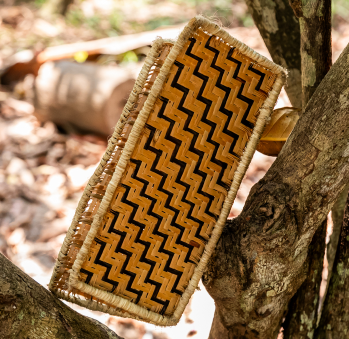
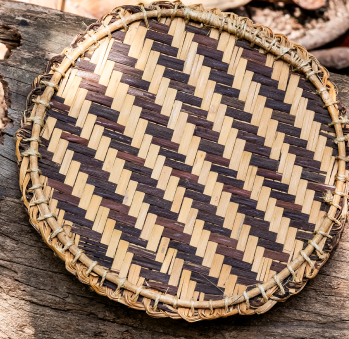
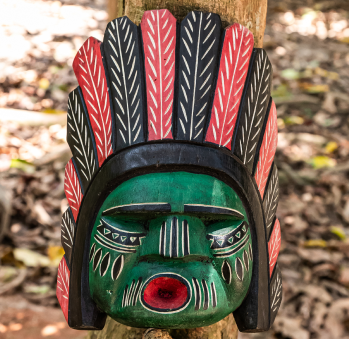
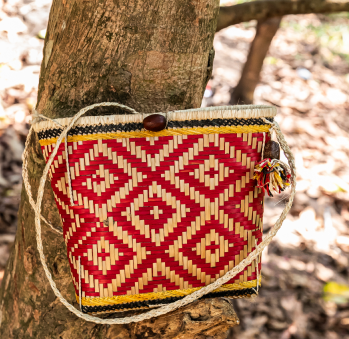
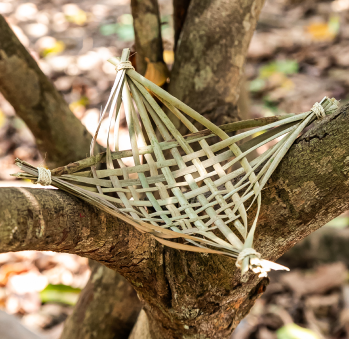
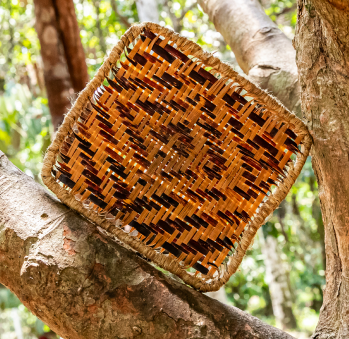
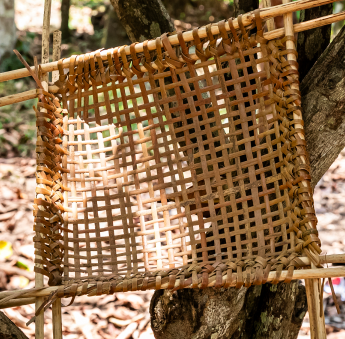







Artesanos de la ruta
Artesanos de la ruta
No puede copiar contenido de esta página

